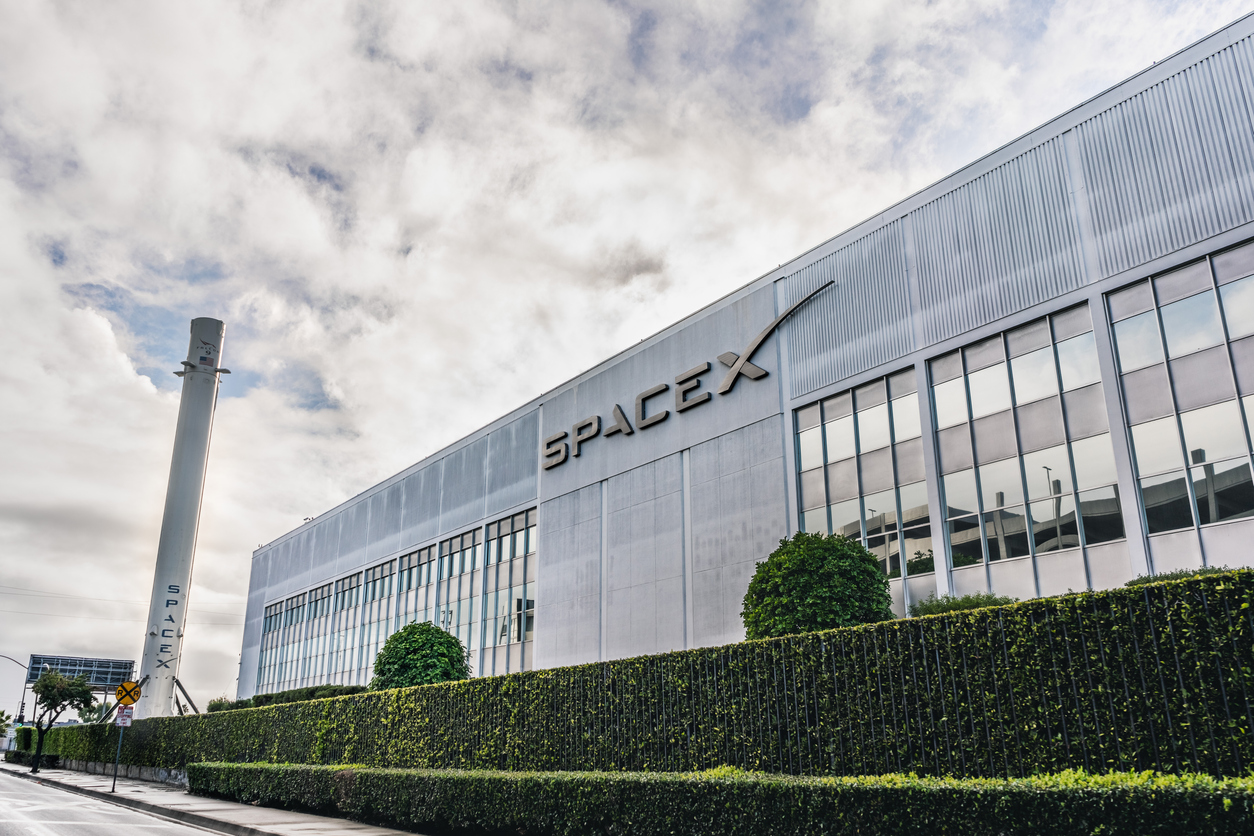The space company said that its 40 destroyed satellites — which had been part of a planned satellite constellation, intended to eventually provide continuous internet coverage for the majority of the globe — would now fall back to Earth. However, SpaceX assured the public that there was no risk of collision with Earth as the satellites are designed to burn up upon re-entering the Earth’s atmosphere.
“Unfortunately, the satellites deployed on Thursday were significantly impacted by a geomagnetic storm on Friday,” SpaceX said in a statement.
“These storms cause the atmosphere to warm and atmospheric density at our low deployment altitudes to increase.”
"The de-orbiting satellites pose zero collision risk with other satellites and by design demise upon atmospheric re-entry - meaning no orbital debris is created and no satellite parts hit the ground.”
A geomagnetic storm, caused by solar activity, is not an unusual event. The risks of a geomagnetic storm de-orbiting spacecraft have been previously highlighted as a concern by NASA in its plan to crash the International Space Station back to Earth when it is finally time for it to retire.









